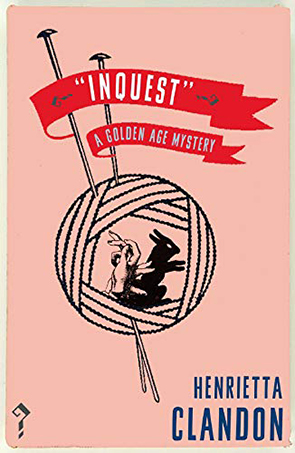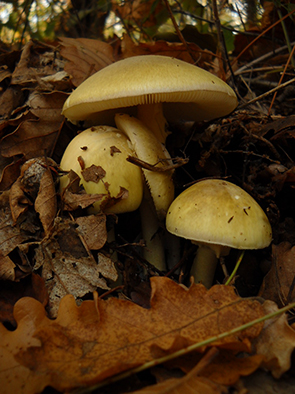Inquest was not an immediately engaging mystery, for me. It was actually a bit of a struggle to read through the densely written text. I would even describe it as a little bit tedious. Part of the problem I had was keeping track of the characters. I don’t usually have a problem with keeping track of a large cast of characters but I did with this one. I think that this was because as a reader, we aren’t introduced to each separately, so that we can get to know them separately, but rather, we’re told about all of them in an information dump in the opening chapter: exposition rather than story. As a result, it took me some time to distinguish each character from another. For many chapters I had to go back and remind myself who a character was when one got mentioned by the narrator. This didn’t make for a smooth reading experience. I eventually got everyone straight in my mind and the book became easier, but it never really became anything but a stolid read.
The action of Inquest centres on a country house party held by Marie Hoe-Luss. Marie is the widow of William Hoe-Luss, a wealthy industrialist who has died about six months before the action in this book. The story is narrated by Dr Soames, doctor to William, and the only member of the house party to not have been at the party six months earlier when William died. William died in France. He was found at the bottom of stairs with a broken neck. But he had recently eaten some mushrooms he had picked himself on the grounds of his French estate, so the verdict was that he had accidentally picked poisonous mushrooms (Amanita phalloides aka death cap mushrooms). The conclusion reached was that he collapsed near the top of the stairs and fell down them as he died: accidental death.
Unpleasant old Aunt Green (cousin of William) has been suggesting that the death was not accidental. The ‘inquest’ in France was little more than the opinion of a doctor who assumed the mushrooms were the cause and had ignored William’s broken neck. The French doctor has been described as incompetent by a British doctor. So Marie gathers everyone who was at the French house party to her house in England, and invites Dr Soames along with the idea of holding an informal inquest into William’s death. Before any real information comes out about William’s death, a guest at the English house party dies. His death also appears to be an accident. But the dead man is a botanist and he had be saying every time mushrooms were mentioned as the cause of William’s death, that the death cap mushroom did not grow anywhere near William’s French estate. It is quickly established that this new death is definitely a murder, so of course the police also start to consider William’s death more closely, even though they are hampered by its occurring in another country and his body already being cremated.
Dr Soames has the trust of the local police and is able to report on most of the official investigation as well what is happening in the house with the other guests. Everyone behaves in a very civilised manner, except Aunt Green whose poisonous observations eventually see her kicked out of the house party into a never-again-to-be-seen oblivion. The guests all stroll around the gardens, play cards or snooker in the evening and discuss the murder(s) amongst themselves. It’s all very ordered, very mannered and just a bit tedious. The conversations tend to be a bit repetitive. The same discussion about whether William really ate poisonous mushrooms or not occurs with pointless regularity and nothing much happens to advance the plot. All the evidence, as described by Soames, seems to point squarely to one person, when suddenly the police move in and arrest someone else completely.
I found it all a bit unsatisfying: the motives given at the end of book came a bit abruptly. I know it is the job of a mystery writer to misdirect our attention, but in this case it was misdirection by omission, as the motive was never really discussed. But as a positive, once the writing picked up it was enough to hold my interest, I found that I wanted to keep reading and find out ‘whodunnit’, so it did work as a mystery novel on that level.
 RSS Feed
RSS Feed Facebook
Facebook Instagram
Instagram YouTube
YouTube Subscribe to our Newsletter
Subscribe to our Newsletter






No one has commented yet. Be the first!